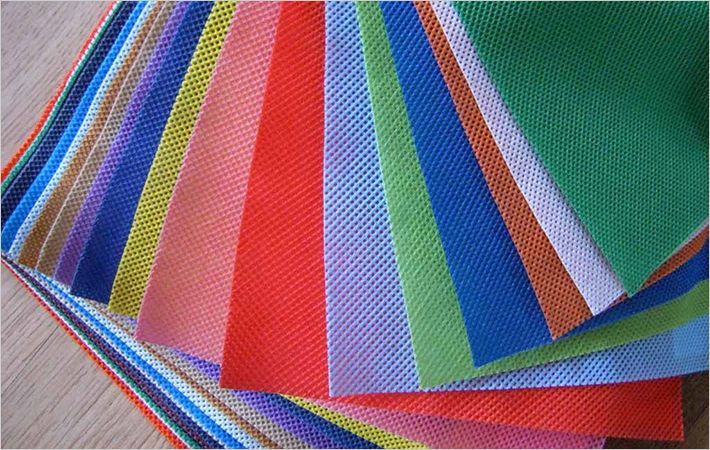TenCate Advanced Armour introduces at DSEi in London (UK) a highly sophisticated method of 3D moulding for the patented TenCate Liba® armour system, allowing to actually replace existing key components of armoured vehicles – such as hatches, doors and bonnets, all traditionally made from steel – with all-composite solutions.
Engineers of TenCate Advanced Armour have recently completed the design and testing phases of the project. A completed solution is now being field tested. The head of R&D, Dr. Paul Bourke, emphasises the thorough and continuous testing and research, as well as the close cooperation with the vehicle manufacturer as important for the success of the project.TenCate Advanced Armour introduces at DSEi in London (UK) a highly sophisticated method of 3D moulding for the patented TenCate Liba® armour system, allowing to actually replace existing key #
Paul Bourke explains: 'The challenges of the 3D moulding project have been many, the most significant being to provide the rigidity of the steel by placing the fibres accurately, and securing that there are no ballistic weak points in the design by constantly seeking to achieve the correct weave architecture and to avoid cuts'. The key technologies in the solution are 3D TenCate Liba® ceramics and a no-cut aramid backing. A lot of mechanical design considerations had to be made, e.g. structural analysis, insert design, shaping, integration, testing and environmental properties.
Excellent properties
TenCate Liba® has excellent properties in terms of flexibility and multi-hit capability, and the system was thus the obvious choice for the project. Furthermore, the TenCate Liba® system approach allows a flexible and cost-effective production process.
This evolution in armour technology allows vehicle manufacturers to reduce the overall weight of the vehicle significantly, while actually improving the level of protection. The reduced weight and increase in protection are important steps to reduce life cycle costs and improve the survivability of the vehicle and its passengers.
Traditionally, composite armour solutions have been add-on armour panels and spall liners. Those work with the existing steel or aluminium armour of the vehicle. Dr. Bourke: 'The long-term perspectives for this new 3D moulding technique is that we will be able to replace several heavy steel components from vehicles with lighter and stronger all-composite solutions – thus getting both lighter and better protected vehicles'.
TenCate Advanced Armour is a leading global supplier of a wide range of armour composite materials for ballistic protection. TenCate Advanced Armour develops and produces a portfolio of composite and ceramic materials and designs armour solutions for the protection of police, army, air force, navy and civilian service personnel, vehicles and vessels. TenCate Advanced Armour has plants in Europe and North America.
Royal Ten Cate (TenCate) is a multinational company which combines textile technology with related chemical processes and material technology in the development and production of functional materials with distinctive characteristics. Products of TenCate are sold worldwide.
Systems and materials from TenCate come under four areas of application: safety & protection, space & aerospace, infrastructure & the environment, and sport & recreation. TenCate occupies leading positions in protective fabrics, composites for space and aerospace, antiballistics, geosynthetics and synthetic turf. TenCate is listed on the NYSE Euronext (AMX).
TenCate

